The Black Panther Pary: A Graphic Novel History is written by modern comic book master David Walker and illustrated dutifully by Marcus Kwame Anderson. The work chronicles the journey of the Panthers from urban legend to the center of the Black Power movement. At 180 pages, the book is divided into eight sections plus an afterward and employs the visual medium to carry the Panther’s rich history with a potent efficiency.
Drama is evident from the outset with the following passage:
“In February 1967, less than six months after forming, The Black Panther Party for Self-Defense had their first encounter with the police in Oakland. Not a single shot was fired, and no one was injured. But war was declared.”
The book’s visuals perfectly encapsulate the defiance, courage, and embodiment of radical politics, without leaning on the trauma porn mechanisms that often permeate throughout Black literature.
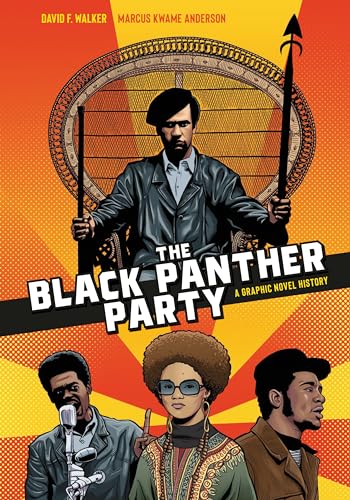 The Myth of the Panthers sets the stage, providing an in-depth examination of The Party’s history, its personalities, and achievements, as well as its struggles. The second section, Before the Panthers, frames the state of the Black Community prior to the formation of the Black Panthers, focusing on the group’s ideological activist forefathers from W.E.B. Dubois and Malcolm X to the creator of the slogan “Black Power,” Stokely Carmichael. This section also explores landmark events in Black history such as the first mass arrival of Africans to the Americas in 1525 and The Great Migration.
The Myth of the Panthers sets the stage, providing an in-depth examination of The Party’s history, its personalities, and achievements, as well as its struggles. The second section, Before the Panthers, frames the state of the Black Community prior to the formation of the Black Panthers, focusing on the group’s ideological activist forefathers from W.E.B. Dubois and Malcolm X to the creator of the slogan “Black Power,” Stokely Carmichael. This section also explores landmark events in Black history such as the first mass arrival of Africans to the Americas in 1525 and The Great Migration.
The next five sections, Panthers Unleashed, Public Enemies, Casualties of War, The Beginning of the End, and Death of the Panthers address the programs instituted by the Black Panthers aimed at improving the educations, health, and political condition of the community, providing a more comprehensive look at what the Panthers as an organization. Programs like the Free Breakfast Program, Liberation Schools, free clinics, are just as much a part of their legacy as armed confrontation.
The above chapters collectively chronicle the various personalities of the Panthers, and how their individual motivations and interactions altered the course of the group. Theses chapters also serve as windows into the dynamics of The Party, and how disparate agendas and worldviews both clash and coalesce.
The third act of The Black Panther Pary: A Graphic Novel History, homes in on the various devices employed by the state to undermine the Black Panther Party. Walker and Anderson pull no punches illustrating just how far The State went about its disruption of the Panthers. Murder, imprisonment, and exile were just a few of the tools employed by J. Edgar Hoover and the FBI’s COINTELPRO program.
The section on Fred Hampton is heartbreaking. Of all the Panthers he was probably the most impactful, and
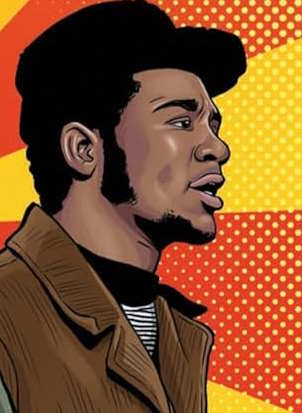
what he was able to accomplish in Chicago in his early twenties is a marvel. The loss of his leadership, coalition building, and overall vision is one of the greatest tragedies in American History.
Walker and Anderson also showcase the women of the Black Panther Party, their leadership roles, and their vital role in keeping the Party afloat when male Party members like Huey Newton and Bobby Seale were imprisoned, or in exile. The Party doesn’t have the lasting impact it has without the likes of Kathleen Cleaver, Erika Hudgens, Tarika Lewis, and so many other women integral to its existence and effectiveness.
Also touched on is the power of the Black Panther Party’s global influence and the many organizations inspired by their struggle in the United States. Groups like the Puerto Rican Young Lords, The American Indian Movement, The Dalit Panthers in India (comprised of India’s “Untouchable” Caste), The Polynesian Panthers, The Israel Black Panthers (comprised of members of Middle Eastern and North African Descent), The Black Panther Party of Australia (comprised of Aboriginal Australians), and the British Black Panthers (comprised of West African and West Indian Immigrants) are all progeny of the Panthers.
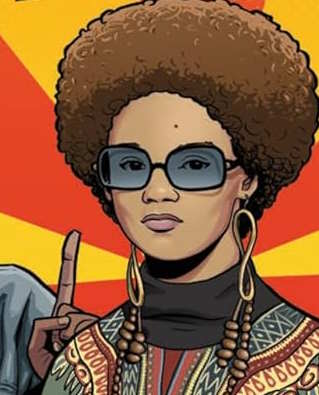
Key figures like Huey Newton and Eldridge Cleaver are presented as the complex human beings they were, with both virtues and vices presented. They are depicted warts and all, particularly in the last days of The Party and their roles in it collapsing in on itself.
The Black Panther Pary: A Graphic Novel History is for everyone old enough to read. It isn’t crafted as an indoctrination towards a particular ideology, but rather an historical account of the people vs. The State, and how such a clash can be anything but civil. It is accessible to the young and a stark reminder to the people who lived through this era that perhaps the government should serve the people and not the other way around. The book is also a visual ode to the power of community self-love and self-determination.
This book is especially important for Black folks of all ages, and despite its medium as a graphic novel it’s an invaluable resource for education about the Black Panther Party. This book was extremely well-researched, and a certain labor of love. The amount of wide-ranging information imparted in this book would take a stack of books wide enough to warrant its own shelf in the Black studies section in a university library. For Black children it is imperative to realize the intrinsic value of their humanity. This book goes a long way towards explicitly showcasing that humanity.
Marcus Kwame Anderson’s artwork deserves so much credit for why this graphic novel is such an engrossing tome to consume. It’s one thing to process plain black and white text in a traditional book, but his illustrations give those ideas a staying power that reinforces retention, reflection, and an enthusiasm to share knowledge with others.

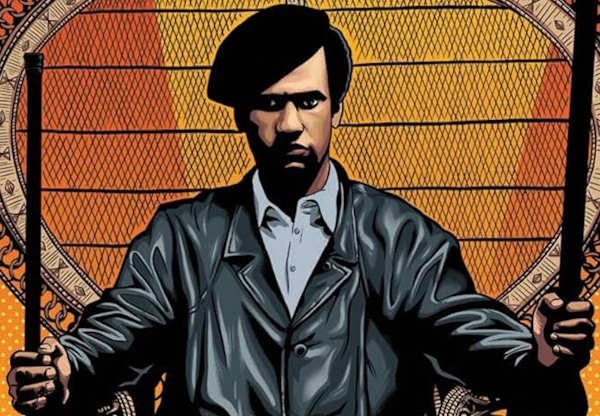
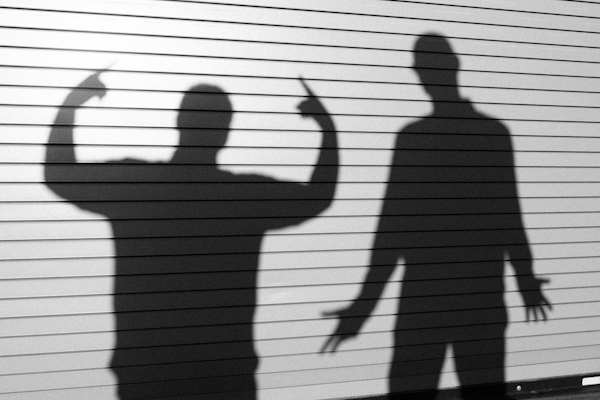
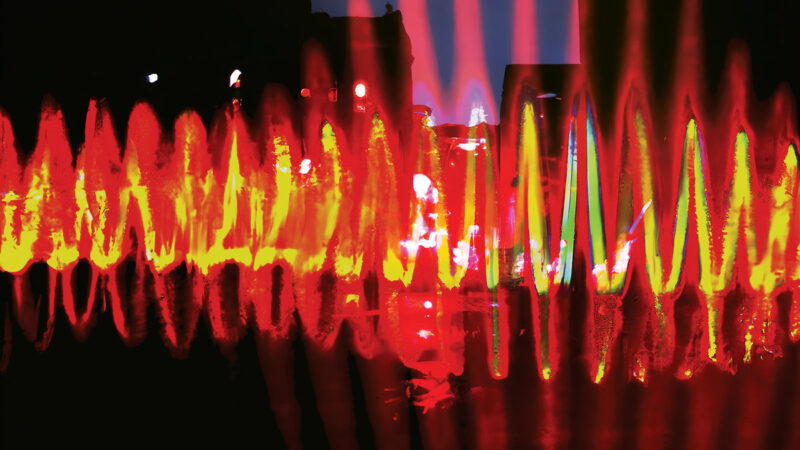
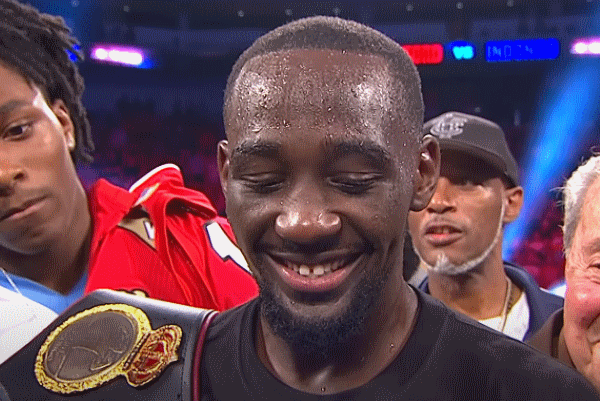
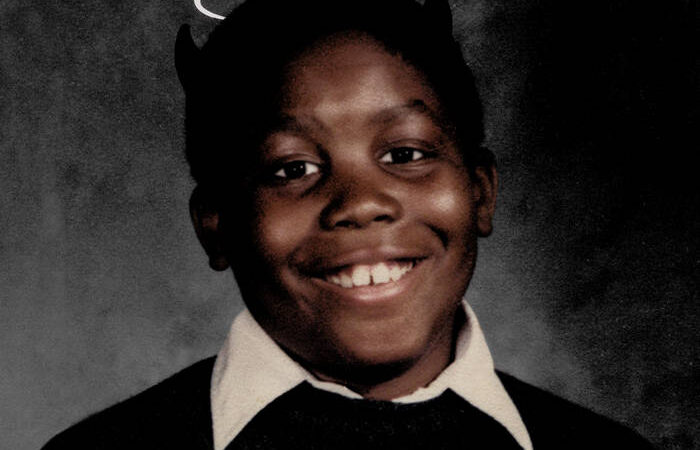
Nice. Hopefully I can check this out at my library.